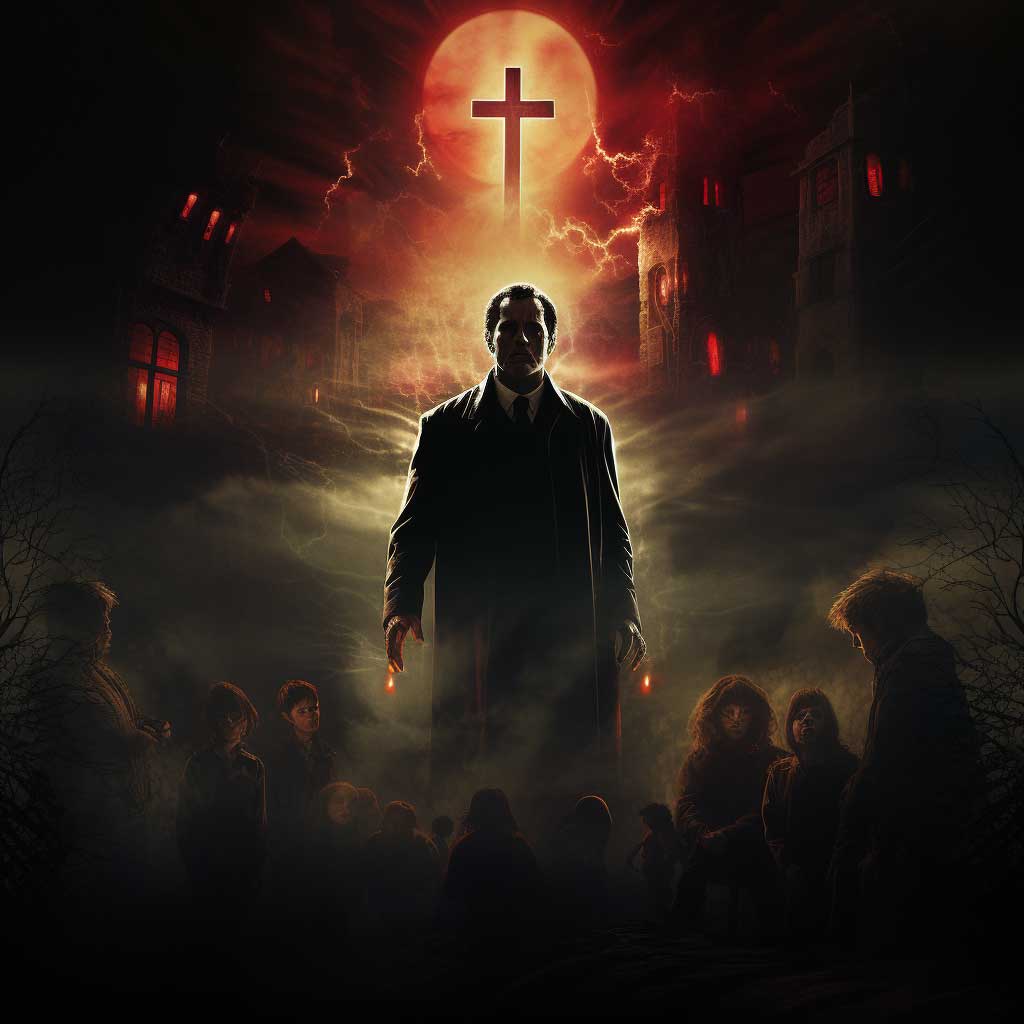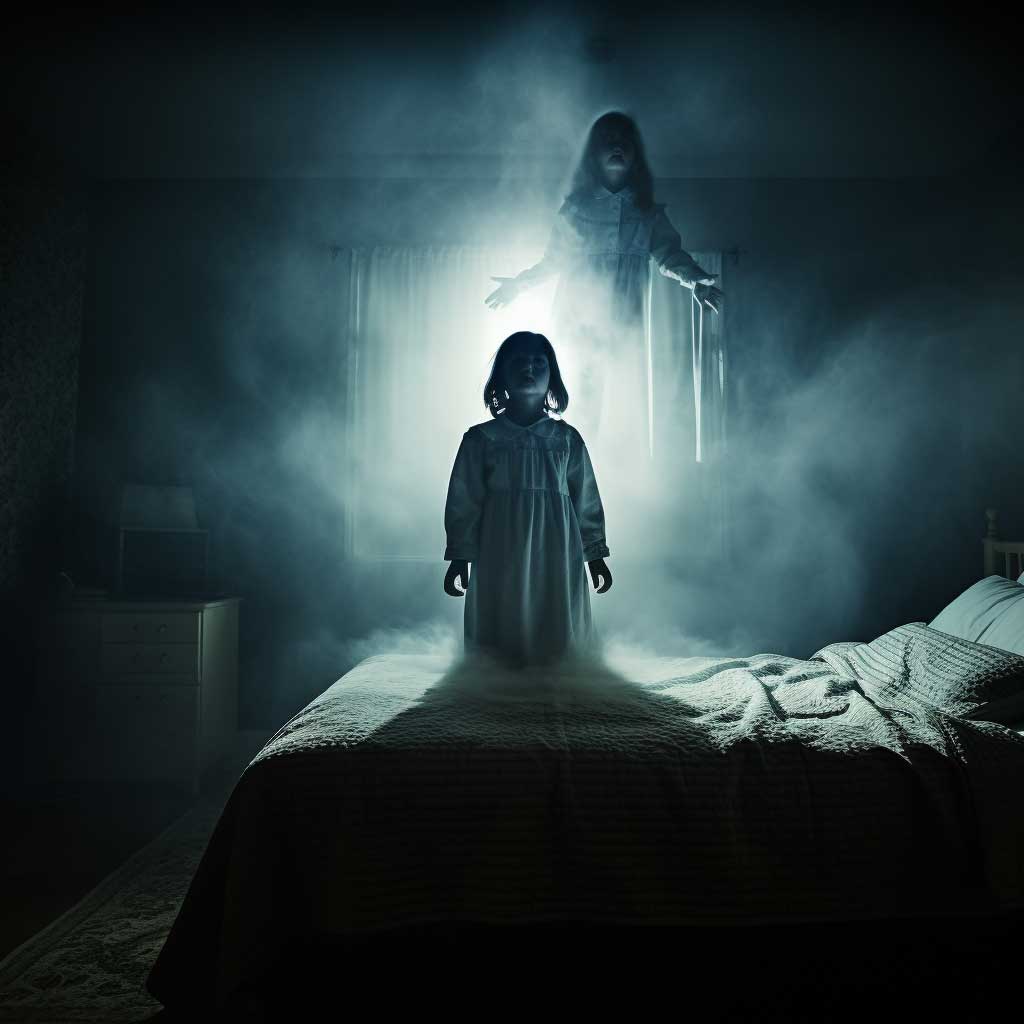William Friedkin The Visionary Behind ‘The Exorcist
In a somber turn of events, the world of cinema has lost a true visionary. The acclaimed director William Friedkin has passed away at the age of 87.
Friedkin, renowned for his masterful storytelling and unique directorial style, leaves behind a legacy that has forever shaped the landscape of modern filmmaking.
William Friedkin The Visionary Behind ‘The Exorcist
Early Life and Ascent to Stardom:
Born on August 29, 1935, in Chicago, Illinois, William Friedkin’s early life was marked by a fascination with the world of arts and entertainment.
He developed a passion for film at an early age, immersing himself in the works of directors like Alfred Hitchcock and Jean Renoir.
This love affair with cinema eventually led him to pursue a career in filmmaking, starting with documentary and television projects.
Friedkin’s breakthrough came in 1971 with his gritty and intense crime drama “The French Connection.”
The film, based on a true story, earned widespread critical acclaim and secured Friedkin’s place in cinematic history.
The film’s raw energy, innovative cinematography, and gripping storytelling style were indicative of Friedkin’s distinct directorial voice.
The Inspiration Behind “The Exorcist”:
As Friedkin’s career continued to flourish, he found himself drawn to a new and daring project – “The Exorcist.”
Adapted from William Peter Blatty’s novel of the same name, the film explored themes of faith, possession, and the battle between good and evil.
Friedkin, intrigued by the story’s psychological and supernatural elements, wanted to bring this chilling narrative to life on the silver screen.
What captivated Friedkin the most was the opportunity to delve into the depths of human fear and belief.
He was fascinated by the question of whether the supernatural could intersect with the ordinary. How the struggle between the two could be depicted in a way that resonated with audiences on a primal level.
His determination to create a truly immersive and terrifying experience for viewers drove him to explore new techniques. He pushed the boundaries of cinematic storytelling.
The Curiosity of Filming “The Exorcist”:
The making of “The Exorcist” was not without its challenges.
Friedkin’s unrelenting commitment to authenticity led him to pursue a meticulous approach to crafting the film’s unsettling atmosphere.
He insisted on using practical effects, innovative sound design, and intense performances to evoke genuine reactions from the audience.
One of the most notorious instances was his decision to elicit genuine shock and fear from the actors by using unexpected tactics during filming.
This commitment to creating a genuine emotional response mirrored his belief that the audience’s immersion was paramount to the film’s success.
Friedkin’s curiosity and daring nature extended beyond the director’s chair.
He took it upon himself to personally engage with religious leaders, experts, and psychologists. Did this to gain insight into the complex themes explored in “The Exorcist.”
This willingness to explore the unknown and confront the darkest corners of human experience transformed the film into a cinematic masterpiece.
William Friedkin The Visionary Behind ‘The Exorcist

















